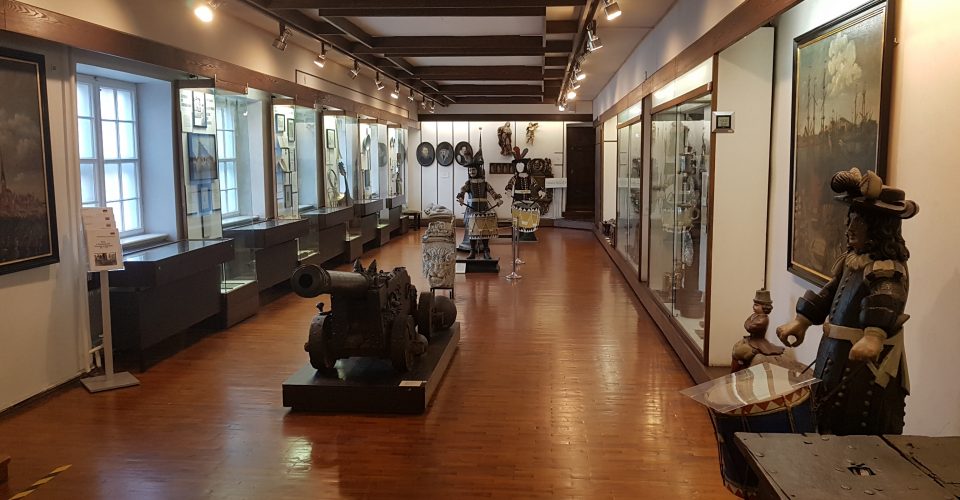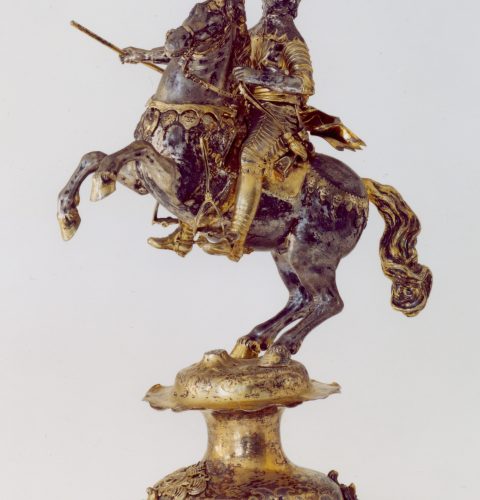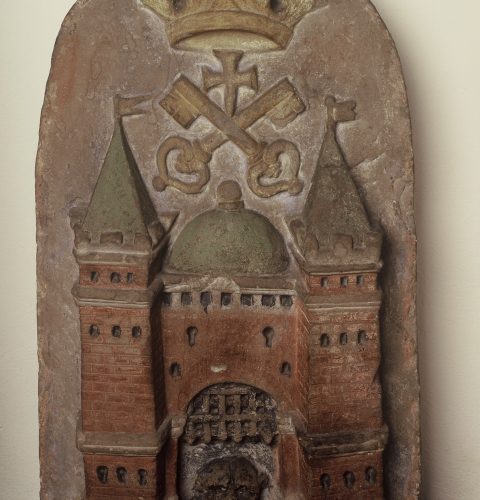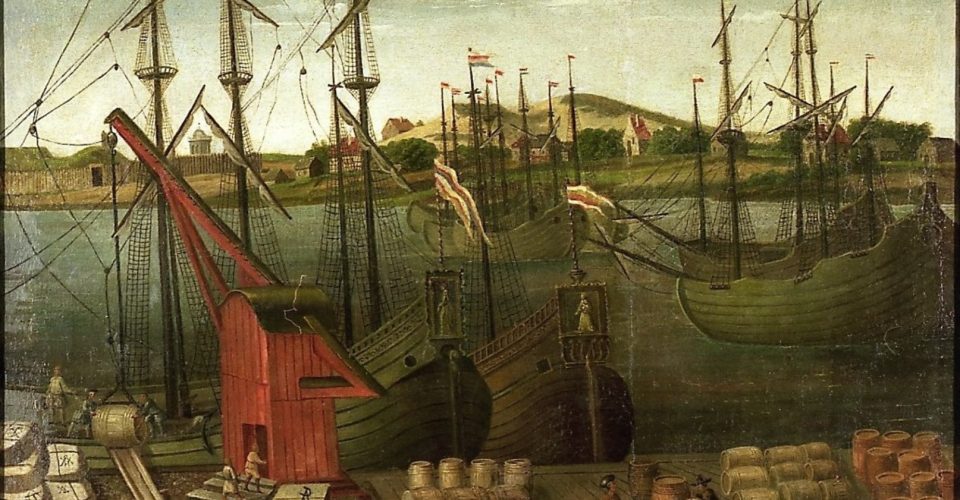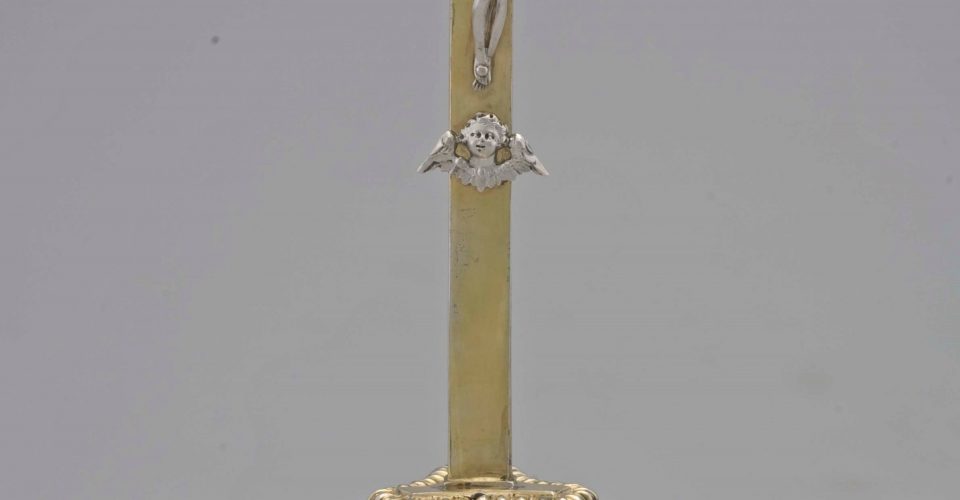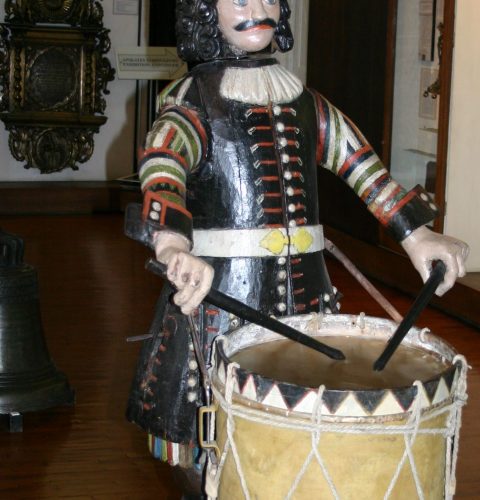Riga History: Riga under the Polish and Swedish Rule (1581–1710)
Riga’s geographical situation made it a strategic place in the contests of superpowers for dominance in the Baltic Sea region. After the disintegration of Livonia in 1582, Riga surrendered to the Polish King Stephen Bathory and for 39 years was part of the Polish-Lithuanian State. In 1621, for almost 100 years, the city fell under the rule of the Swedish king. Riga found itself within a powerful centralised state, and the Town Council had to coordinate its actions with the king. However, the city continued growing as an important centre of transit trade, with developing crafts, education and culture. Riga was turned into the mightiest fortress on the eastern shores of the Baltic Sea.
The multifaceted life in Riga of the time is reflected by various 17th cent. materials. Among them there are relics and articles of the craftsmen’s guilds, Riga’s unique weights and measures, and the first printed panorama of Riga. On show are legendary exhibits, like a 1.6-m high wooden sculpture of a military drummer with a built-in mechanism, and the huge customs chest.





